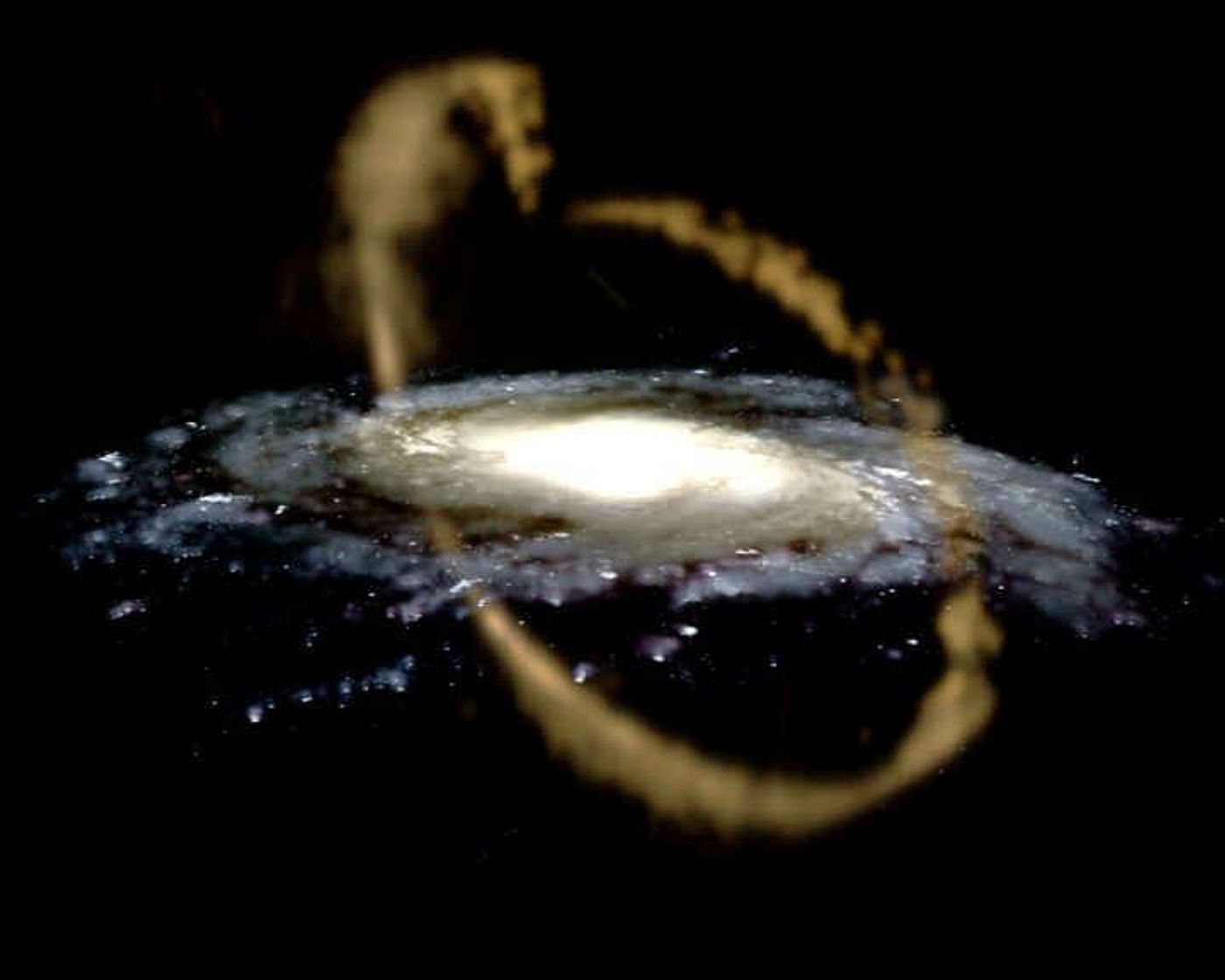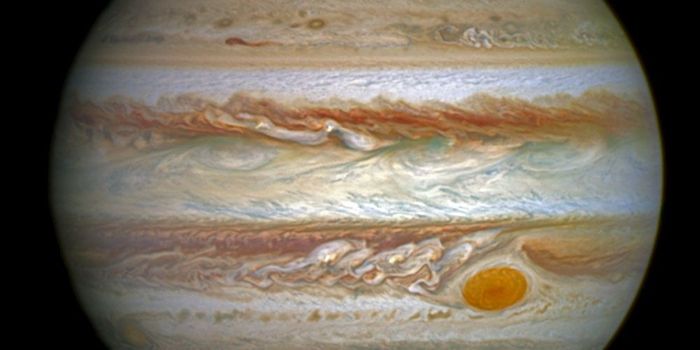The Milky Way's Most Distant Stars May be Stolen From Other Galaxies
The Milky Way is full of stars; some are closer to our Solar System than others, but some of the most distant that still reside in the Milky Way lurk some 300,000 light years away from the Earth. As the Milky Way itself is only around 100,000 light years across, these stars reside well beyond the visible spiral disks of our galaxy, and as a result, researchers from Harvard believe that they weren’t always a part of our galaxy, rather they could be stolen.
Even though they’re distant, they’re still a part of the Milky Way because of the forces of gravity, which work like the glue between celestial objects floating around in the middle of nothingness. In a paper that’s now available on arXiv.org and have been accepted by the Astrophysical Journal, these astronomers detail a grand total of 11 stars; half of which may have been snatched from another galaxy while the two passed by each other at a time in the distant past.
Image Credit: Gabriel Pérez Díaz, Martínez-Delgado et al, 2003 and 2001, University of Geneva, IAC
The Sagittarius Dwarf galaxy is the supposed source, a miniature galaxy that surrounds the much larger Milky Way along with several other miniature galaxies, but nevertheless, they contain so many stars that larger forces of gravity can easily pull them away if given the chance.
Building off that idea, it just so happens that they get that chance quite often, as many of the smaller galaxies are orbiting our own, which allows the stars to be tugged away over time by gravitational forces. These gravitational forces have been pulling the dwarf galaxy apart for billions of years, creating what we know today as the Sagittarius "Stream."
Lead author Marion Dierickx from the Harvard-Smithsonian Center for Astrophysics (CfA) and his colleagues used specially-crafted computer models to study the Milky Way and its smaller surrounding galaxies over the course of 8 billion years. These models revealed that at least 5 of these distant Milky Way stars would have originally belonged to the Sagittarius Dwarf galaxy, as they were slowly ripped away over time. The other 6 would have most likely originated from another source, one that hasn’t yet been identified.
Future space observation missions could help provide insight, as our space telescopes and observatories are always being upgraded with more powerful sensory equipment and better processing power. It’s only a matter of time before we discover the secrets behind the manifest of our own galaxy.









